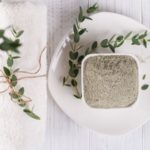The Green Interior trend is a popular choice for many. Adding houseplants brings a sense of freshness and tranquility to living spaces. However, not all plants are suitable for indoor display, especially in homes with young children.
1 Lily
Lilies sound elegant and refined, but did you know they contain calcium oxalate crystals, which can cause discomfort if ingested by children or if the flower’s fluid comes into contact with skin?
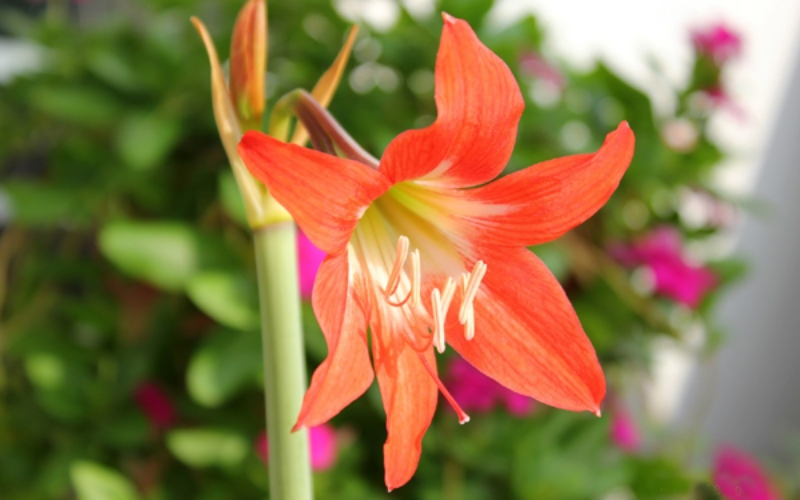 Lily
Lily
2 Night-blooming Jasmine
According to Lao Động newspaper, bedrooms are not suitable for night-blooming jasmine or other fragrant plants. These plants release strongly-scented particles that can be dangerous for people with high blood pressure and heart conditions.
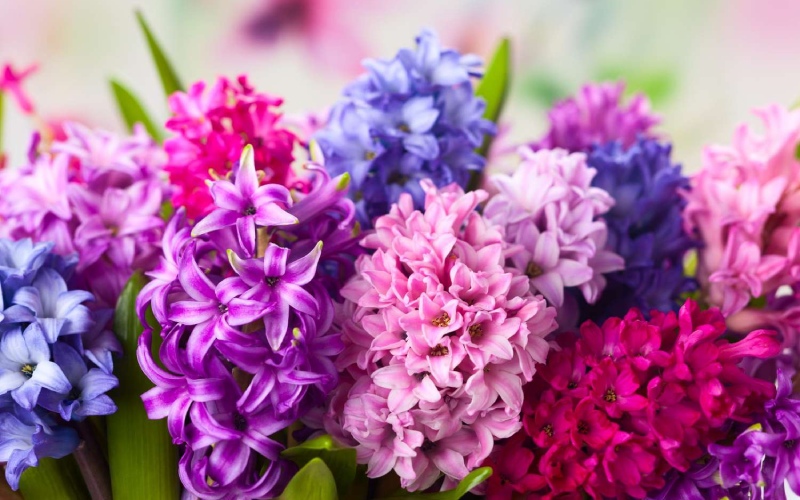 Night-blooming Jasmine
Night-blooming Jasmine
3 Triangle Cactus
According to Vietnamese medical works such as Vietnamese Medicinal Plants and Herbs and Medicinal Plants and Animals in Vietnam, the triangle cactus (especially the white sap found in its body) is poisonous. This sap can cause irritation and damage to the mucous membranes, as well as skin rashes, blistering, and redness. If it gets into the eyes, it can lead to blindness.
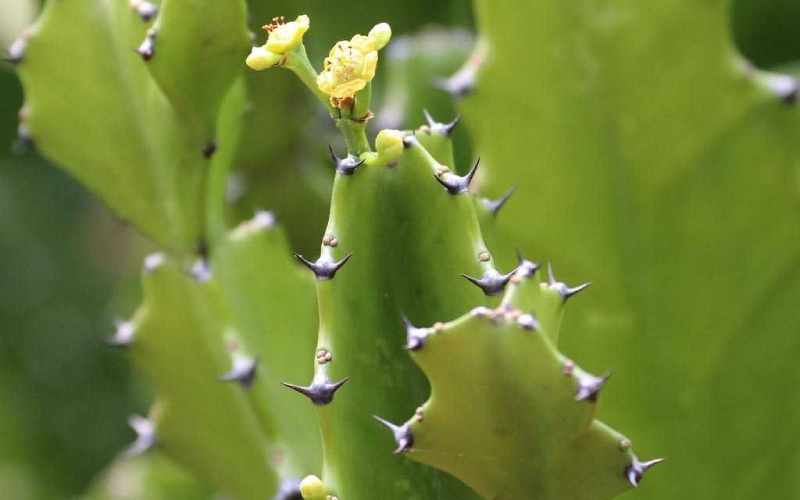 Triangle Cactus
Triangle Cactus
4 Crown of Thorns
Also known as Euphorbia milii, the Crown of Thorns cactus has multiple species and colors (green, reddish-brown, purple, etc.), as well as milky sap and dense spines. These sharp spines can puncture the skin and cause scratches if not handled carefully.
Additionally, the sap can cause a burning sensation if it comes into contact with the skin. Gardeners should wear gloves and wash their hands thoroughly if they come into contact with it. This plant is particularly unsafe for homes with children.
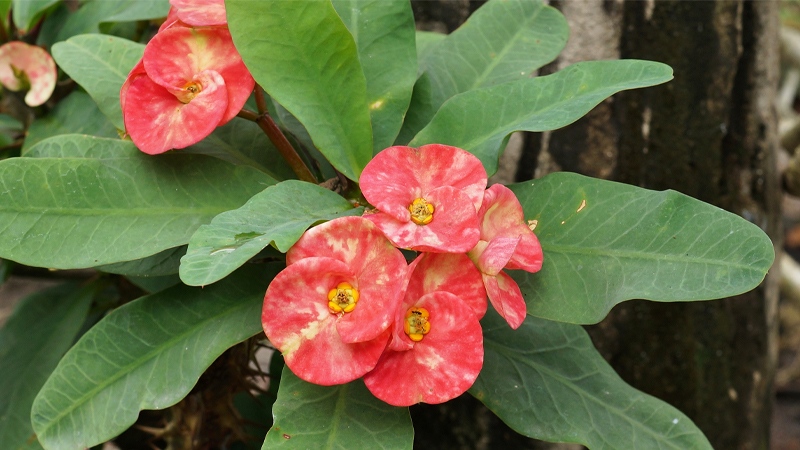 Crown of Thorns
Crown of Thorns
5 Anthurium
The entire anthurium plant contains the toxins calcium oxalate and asparagine. While these substances typically do not affect adults, they can cause throat, stomach, and intestinal irritation if ingested by children or pets. The leaves and flowers can also cause skin rashes and blisters if they come into contact with the skin.
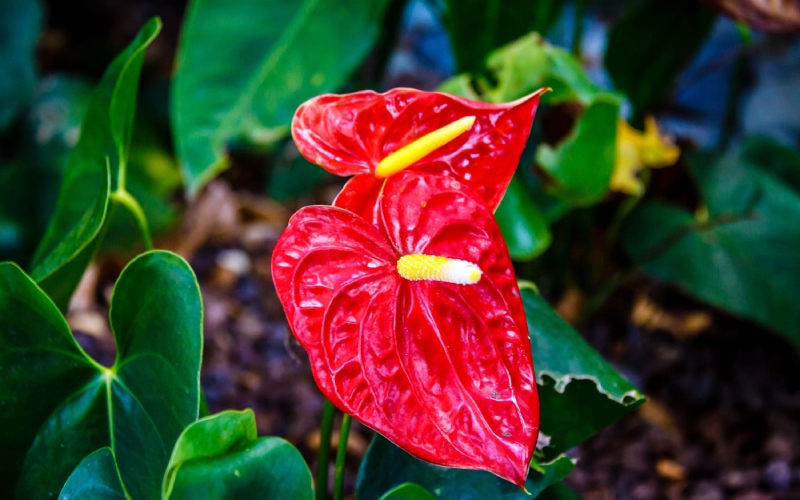 Anthurium
Anthurium
6 Money Tree Plant
According to Associate Professor Trần Hồng Côn from the University of Natural Sciences, many common houseplants are poisonous, and accidental ingestion can lead to health issues. The stems and leaves of the money tree plant contain calcium oxalate crystals that, while capable of absorbing toxins from the air, can also irritate sensitive skin and mucous membranes in the mouth, throat, and eyes.
 Money Tree Plant
Money Tree Plant
7 Snake Plant
Associate Professor Hồng Côn also warns that the snake plant contains two toxins, andromedotoxin and arbutin glucoside, which are present in all parts of the plant. These toxins can cause skin irritation if they come into contact with children’s skin. More severely, ingesting the leaves can lead to vomiting and seizures.
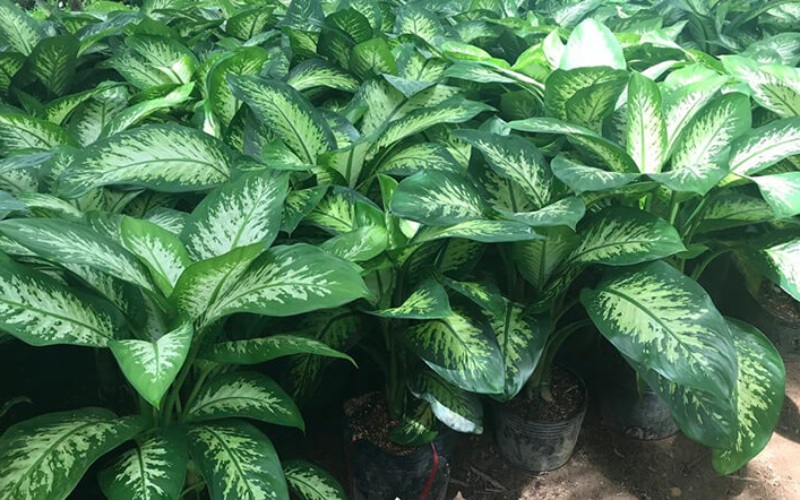 Snake Plant
Snake Plant
These are the seven types of houseplants that are not recommended for indoor display, especially in homes with young children, to prevent any unfortunate incidents. Stay tuned for more informative articles like this one.
Source: VTC
2. Lilies: Highly toxic to cats, with all parts of the plant being dangerous, potentially causing kidney failure.
3. Sago Palm: Contains cycasin, a toxin that can lead to liver failure and death.
4. Oleander: All parts of this plant are toxic, with the leaves and nectar being particularly dangerous. It can cause heart problems and even death.
5. Devil’s Ivy: Also known as Golden Pothos, it can cause skin irritation and swelling of the tongue and throat if ingested.
6. Peace Lily: While not as toxic as other plants, it can still cause mouth and throat irritation, and potentially stomach problems.
7. Kalanchoe: The leaves and flowers are toxic, leading to vomiting, diarrhea, and heart issues if consumed.


























